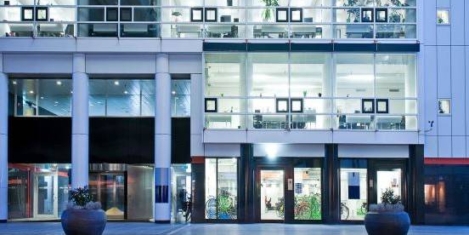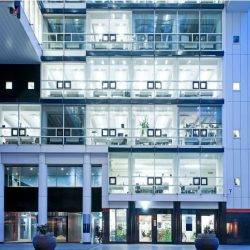April 5, 2017
Drastic changes needed to workplace laws as age of automation dawns 0
 The rise of robots and automation in the workplace will lead to drastic changes to laws across the world, a new report suggests. The present wave of automation, driven by artificial intelligence (AI) – the development of computer systems able to perform tasks normally requiring human intelligence – is creating a gap between current legislation and new laws necessary for an emerging workplace reality, states a report published by the International Bar Association Global Employment Institute (IBA GEI). Artificial Intelligence and Robotics and Their Impact on the Workplace focuses on potential future trends in AI, and the likely impact intelligent systems will have on the labour market, companies, employees’ working time, remuneration and the workplace environment.
The rise of robots and automation in the workplace will lead to drastic changes to laws across the world, a new report suggests. The present wave of automation, driven by artificial intelligence (AI) – the development of computer systems able to perform tasks normally requiring human intelligence – is creating a gap between current legislation and new laws necessary for an emerging workplace reality, states a report published by the International Bar Association Global Employment Institute (IBA GEI). Artificial Intelligence and Robotics and Their Impact on the Workplace focuses on potential future trends in AI, and the likely impact intelligent systems will have on the labour market, companies, employees’ working time, remuneration and the workplace environment.






















 Fostering behavioural change among employees to encourage them to make healthier lifestyle choices could deliver both productivity gains and economic growth, a new report claims. According to Human-Centric Health: Behaviour Change and the Prevention of Non-Communicable Diseases, by the World Economic Forum in collaboration with Willis Towers Watson, behavioural economics will be critical to encourage healthier lifestyles and reduce the burden of non-communicable diseases (cardiovascular disease, mental illness, cancer, chronic respiratory disease and diabetes) that account for approximately 16 million premature deaths annually and will cost an estimated cumulative loss of $47 trillion in economic activity worldwide over the next two decades. According to the analysis, technology such as mobile phones with accelerometers that make activity challenges easier and engage individuals in a community of supportive peers will improve people’s understanding of health-related knowledge and encourage them to reshape their behaviour. Linking individuals to ‘commitment contracts’ to exercise, quit smoking, or adhere to medicine prescription schedules will also be easier to monitor using sensors and mobile technology.
Fostering behavioural change among employees to encourage them to make healthier lifestyle choices could deliver both productivity gains and economic growth, a new report claims. According to Human-Centric Health: Behaviour Change and the Prevention of Non-Communicable Diseases, by the World Economic Forum in collaboration with Willis Towers Watson, behavioural economics will be critical to encourage healthier lifestyles and reduce the burden of non-communicable diseases (cardiovascular disease, mental illness, cancer, chronic respiratory disease and diabetes) that account for approximately 16 million premature deaths annually and will cost an estimated cumulative loss of $47 trillion in economic activity worldwide over the next two decades. According to the analysis, technology such as mobile phones with accelerometers that make activity challenges easier and engage individuals in a community of supportive peers will improve people’s understanding of health-related knowledge and encourage them to reshape their behaviour. Linking individuals to ‘commitment contracts’ to exercise, quit smoking, or adhere to medicine prescription schedules will also be easier to monitor using sensors and mobile technology.








